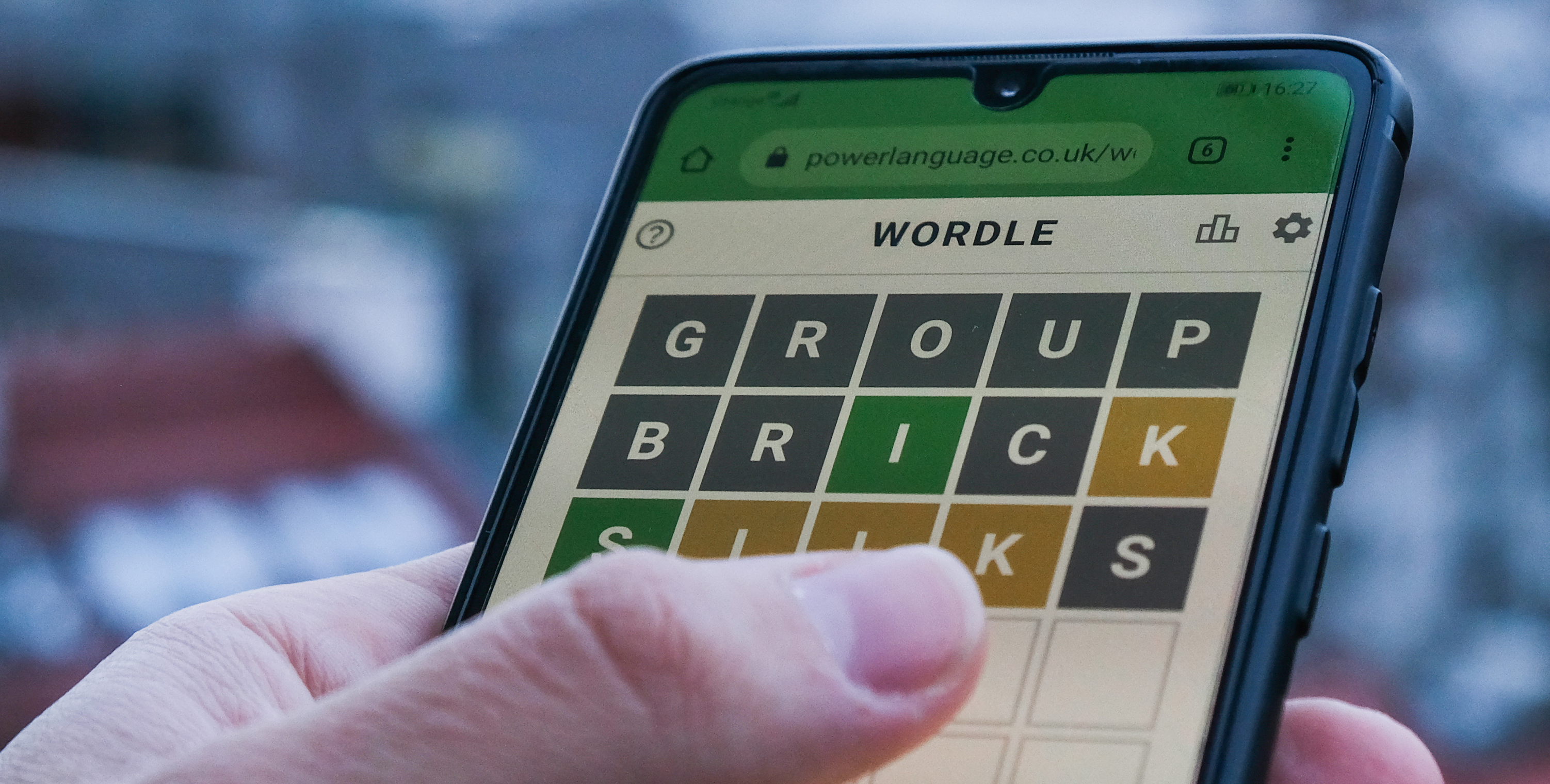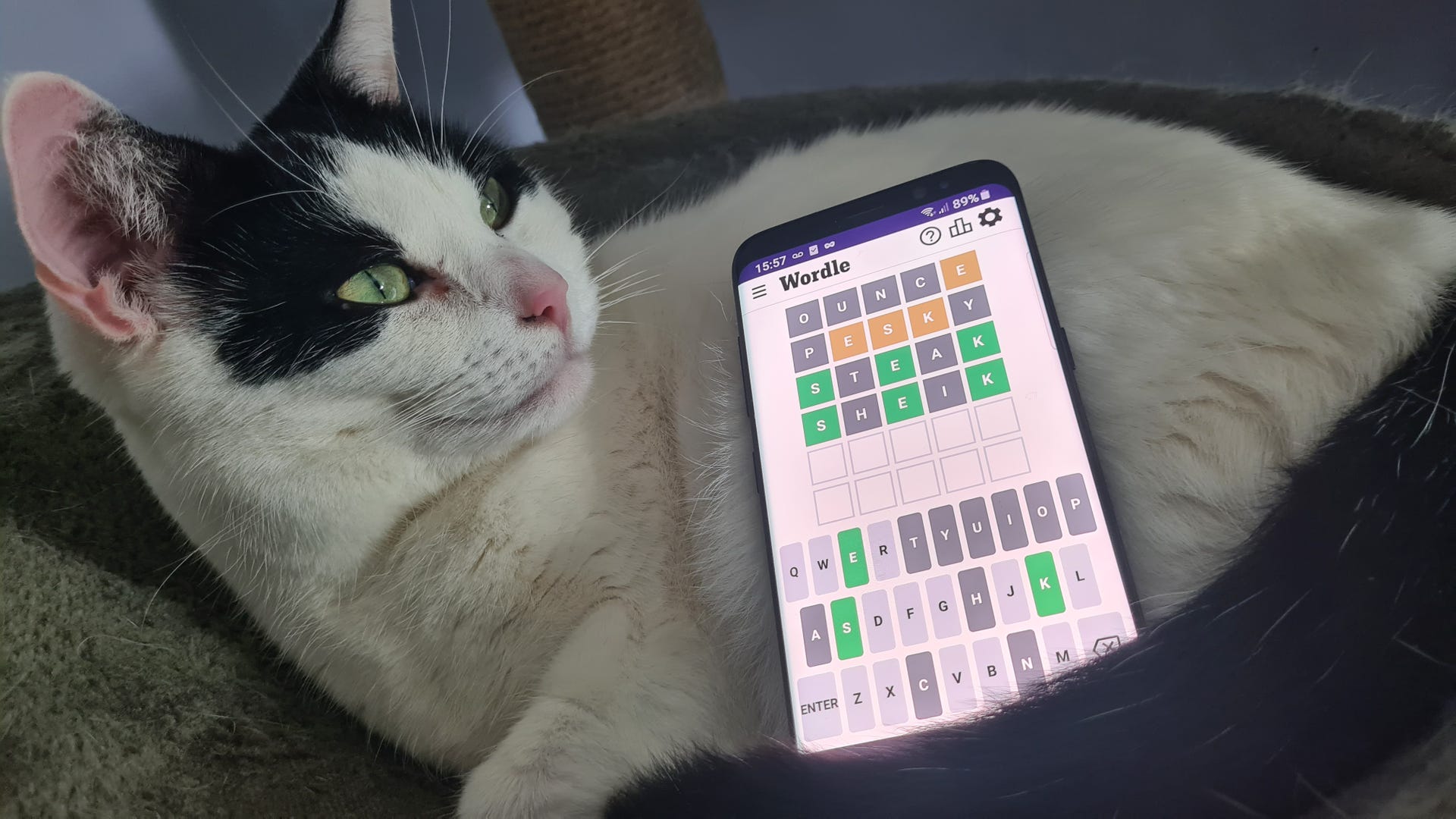
Switch 2: Will Nintendo Finally Take Accessibility Seriously?
For the last seven years the Nintendo Switch has been Nintendo’s primary console, and while I’m personally comfortable growing my collection of Switch games, I’m admittedly curious as to when the rumored next generation of Nintendo’s console will be unveiled. I want to know what the hardware will do and what games it will release with, but equally I want to know what accessibility features it will include.
The introduction of a new console generation is rife with uncertainties for disabled individuals. What will the controller look and feel like? How expensive will it be? Will disabled players find appropriate accessible system settings within the hardware or will they have to solely rely on individual games? Can older equipment like controllers and converters work on a new device? This Access Designed will explore my questions, hopes, and concerns about the soon-to-be-announced Switch 2, especially as a physically disabled player.
What Leaks Reveal
Despite no official information from Nintendo, the Internet has already glimpsed screenshots of the alleged Switch 2. Last month, images of a supposed prototype appeared on social media sites like Reddit. One week later, experts at Digital Foundry agreed the device was presumably legitimate. So, what does this mean for accessibility?
A summary of today’s alleged Switch 2 images ‘leak’. (1/3) pic.twitter.com/Z4rfSGz4WQ
— Andy Robinson (@Andy_VGC) September 18, 2024
Based on what I’ve seen so far – and of course, if those leaks are legitimate – the Switch 2 is likely to feature a larger, wider screen, as well as longer Joy-Cons. It’s impossible to ascertain the strength needed to press the buttons on the new controller and system until it’s available to the public, but its alleged size alone is a welcome sight, especially for my atrophied hands. Furthermore, according to descriptions of the leak, the new iteration of Joy-Cons allegedly features a magnetic connection, presumably making it easier to detach them from the main console. While this is a relatively minor upgrade, I was never able to secure the controllers into the system because of the strength required to slide them into the slots on either side. Although it’s unlikely to drastically increase its overall physical accessibility, any small boost in accessible design ultimately increases my independence when gaming.
The Controller Dilemma
The leaks reveal that a slightly new iteration of Joy-Cons will once again be the main controller for the Switch 2. And if we follow the logic that the Switch 2 is primarily an upgrade – with more power, better graphics, and increased storage rather than doing anything drastically different from the first Switch – it’s relatively safe to assume that Nintendo will also create other controllers like the Pro Controller for the next console generation. For me, this is where Nintendo’s hardware accessibility truly shines.
While there is no official accessibility controller like Xbox and PlayStation, the Nintendo Switch offers more choice when it comes to hardware
While there is no official accessibility controller like Xbox and PlayStation, the Nintendo Switch objectively offers more choice when it comes to hardware. It has the standard Joy-Cons, which can be attached to a tablet or individually held; there’s the Pro Controller, with its variations like the Wavebird; there are third-party options like the 8BitDo Lite SE, and even adapters that enable the use of Xbox and PlayStation controllers. All of these are relatively affordable and easily available. And unlike its competitors, Nintendo has yet to implement extensive hardware bans and restrictions, so many disabled players can customize and choose a device that ultimately works best for their needs. It’s impossible to know if Nintendo will continue to offer the same number of hardware options, at least until official confirmation, but the Mario juggernaut has always advertised unique controllers for its audience.
Software Potentials
By far my biggest hope for the Switch’s successor is for more robust accessibility settings within system menus. Importantly, system settings are not a substitute for individual game options and disabled players should never rely on a console’s accessibility offerings alone. Each game should provide the necessary tools for overcoming any respective barriers and system settings should be used as a last resort. That said, improved baseline accessibility is incredibly important too.
Unfortunately for Nintendo, the Switch’s current accessibility offerings, both with its games and system, are lacking. For games, Nintendo’s mastery of inclusive design is an aspect I continuously praise, even if I can’t play some of their newest titles. While inclusive design cannot create an entirely accessible experience on its own, its successful implementation across multiple genres and series within Nintendo’s vast library is commendable. However, few Nintendo games offer appropriate settings to complement their designs. And when the Switch itself offers so little to assist disabled players, each barrier becomes more pronounced.
While Nintendo’s system offerings for controllers is outstanding – five fully customizable profiles for each individual controller – the other settings are honestly abysmal. There’s the capability to zoom, lower volume, adjust screen brightness, and that’s about it. There’s no robust captions system, text to speech offerings, ability to adjust toggles, or other visual or audio features.
As the accessibility movement continues to grow, my ultimate wish for a Switch successor is to include significantly more accessibility. I’m no fan of the argument that the Switch is the least accessible system of the ‘big three’, as the disabled experience is incredibly individualistic. Yet I struggle to defend its offerings amongst my peers when Nintendo gives few tangible reasons to say it’s an accessible platform. Can that change? With the Switch 2, hopefully the answer is a resounding yes.
I love Nintendo. The company defined my love of gaming from a very young age. But as my disability progressed, so too did my dissatisfaction of Nintendo’s commitment to accessibility. While I firmly believe the Switch offers the best controller customization for physically disabled players, that’s about all the system provides. And as Xbox and PlayStation continue to innovate with accessibility, it’s time for the Switch’s successor to follow suit.
Grant Stoner is a disabled journalist covering accessibility and the disabled perspective in video games. When not writing, he is usually screaming about Pokémon or his cat, Goomba on Twitter.








